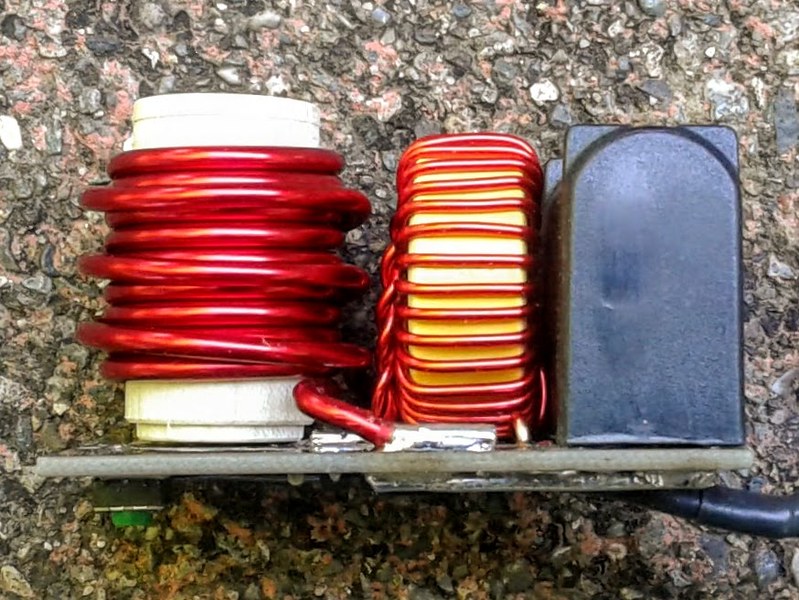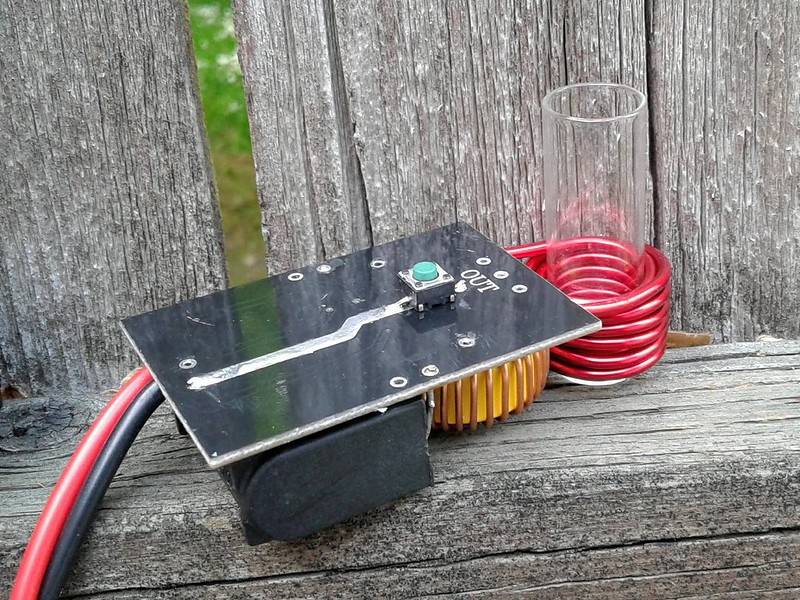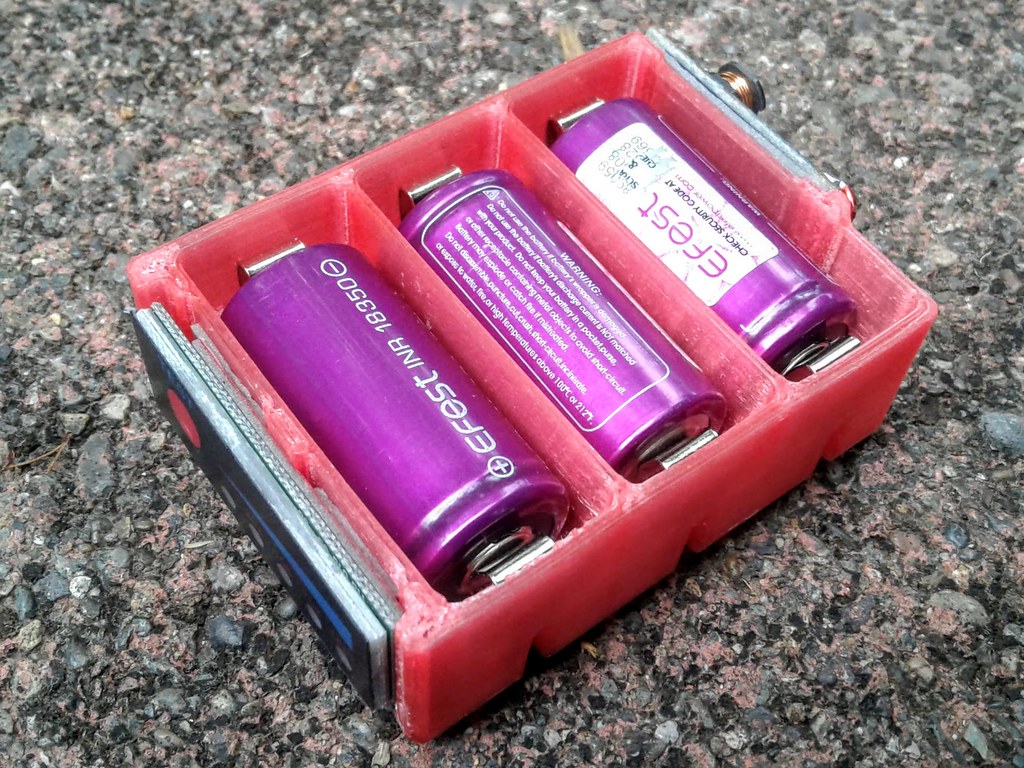@RedEyeFlightControl I'm an ex electrician who can solder and used to build custom motorcycle looms but unfortunately electtronics and myself don't get on.
The majority of the conversation here goes over my head. I think I switched off at school with 'and' and 'nand'.
There have been a few triple IH conversations going on but it won't be me sorts one out. I don't have the time either these days.
It's great to see how small the Trace boards can end up.
The only issue with them is the shape, a proper pain in the backside to build wooden enclosures around.
My first one from @Pipes came in this configuration, was hoping to go down the 'log' path. It's been stripped and rebuilt a few times.

@TommyDee they work fine, I'd say mine runs a little under an amp, it takes a little longer than the 12.6v 1a warts.
If you're going to fit one of the USB style ones to a BMS fit a diode, I had one take a 12v down to 7v.


I've seen a few videos on BMS, I'd be happy to use them. The OG Mini is still running and the battery seems fine and it's been used every day for a long time now, over a year easily.
Again my electronics knowledge is poor so I take onboard the views of the more experienced.
Just because I haven't the ability to build them doesn't mean I don't take any notice of what's on the market and I've had a couple of prototypes come my way.
For me I don't see the point in spending money on another version of the Trace heaters they will all be much of a muchness.
I had some contact with a guy on IG about the Alpine heater, it's a modified Trace heater.
Pre release pictures.


This is the BMS in the Mini
The majority of the conversation here goes over my head. I think I switched off at school with 'and' and 'nand'.
There have been a few triple IH conversations going on but it won't be me sorts one out. I don't have the time either these days.
It's great to see how small the Trace boards can end up.
The only issue with them is the shape, a proper pain in the backside to build wooden enclosures around.
My first one from @Pipes came in this configuration, was hoping to go down the 'log' path. It's been stripped and rebuilt a few times.

@TommyDee they work fine, I'd say mine runs a little under an amp, it takes a little longer than the 12.6v 1a warts.
If you're going to fit one of the USB style ones to a BMS fit a diode, I had one take a 12v down to 7v.


I've seen a few videos on BMS, I'd be happy to use them. The OG Mini is still running and the battery seems fine and it's been used every day for a long time now, over a year easily.
Again my electronics knowledge is poor so I take onboard the views of the more experienced.
Just because I haven't the ability to build them doesn't mean I don't take any notice of what's on the market and I've had a couple of prototypes come my way.
For me I don't see the point in spending money on another version of the Trace heaters they will all be much of a muchness.
I had some contact with a guy on IG about the Alpine heater, it's a modified Trace heater.
Pre release pictures.


This is the BMS in the Mini
Last edited:












